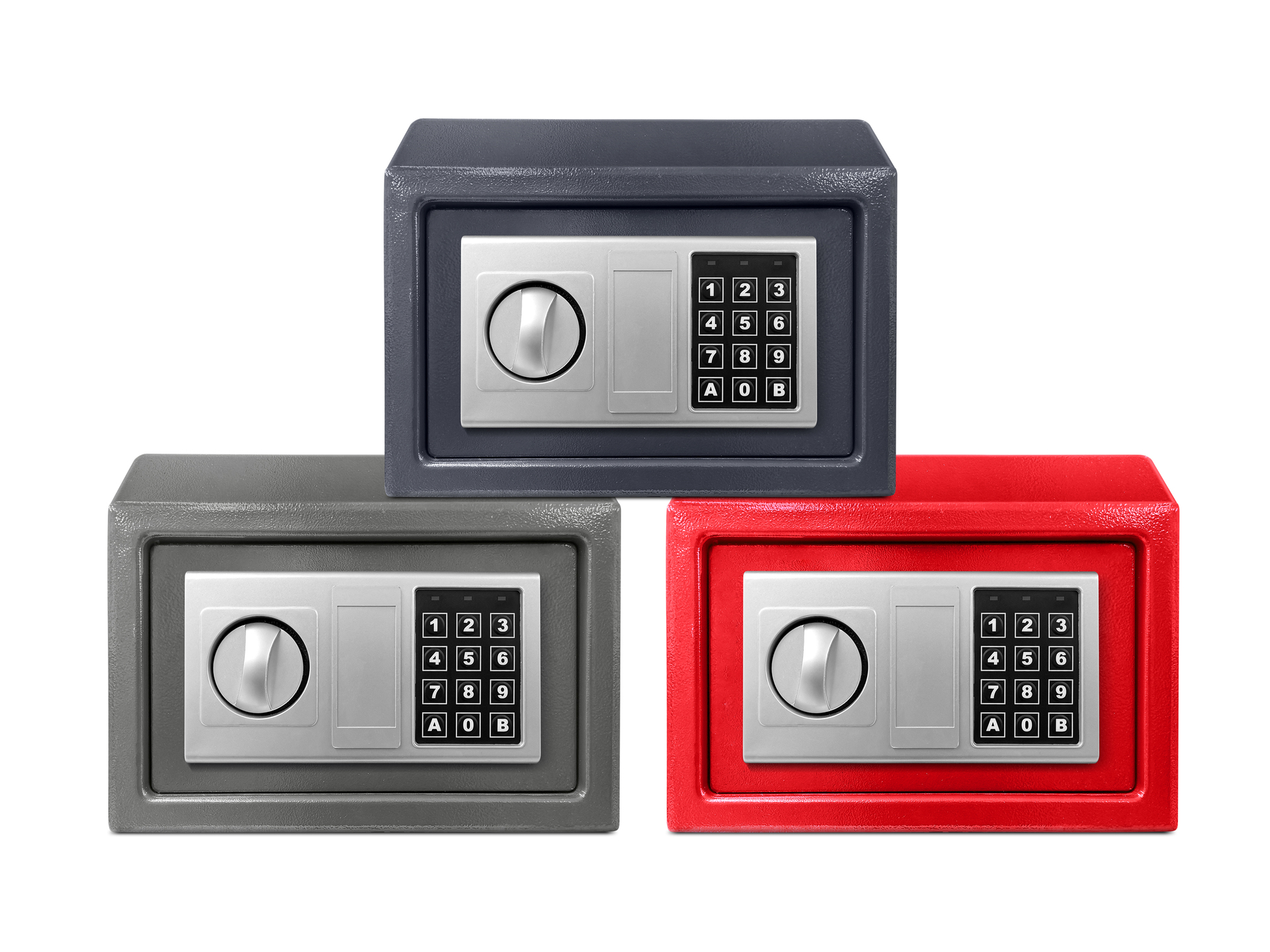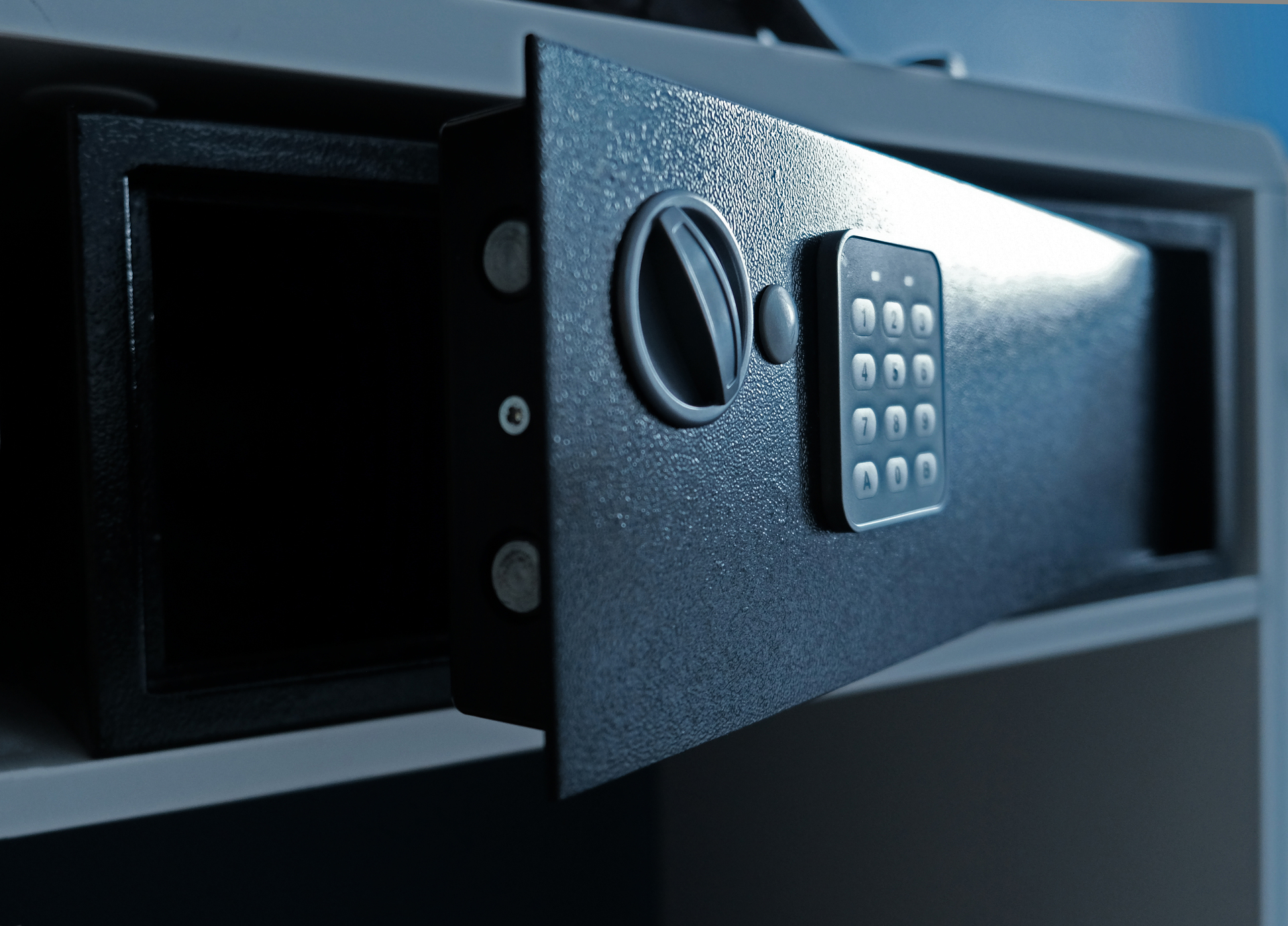Every sparkling gem and treasured heirloom deserves a secure home. For many, jewelry isn’t just a display of wealth or a fashion statement; it’s a representation of memories, milestones, and personal history. But as with any valuable possession, the safety of these cherished pieces becomes paramount. Whether it’s the diamond ring passed down through generations, the watch that commemorated a special moment, or the necklace that serves as a daily reminder of love, securing these items is more than just about price tags—it’s about preserving the stories they hold. What is the best jewelry safe?

Enter the realm of jewelry safes—specifically designed sanctuaries that promise not only physical security but also peace of mind. Unlike standard safes, jewelry safes prioritize aspects crucial for delicate items, such as controlled humidity, soft lining, and compartments tailored for diverse accessories. But with the plethora of options available today, choosing the best jewelry safe can feel overwhelming.
In this guide, we’ll delve deep into the world of jewelry safes, discussing their must-have features, the top brands to consider, and tips for finding the perfect fit for your precious pieces. Whether you’re a seasoned jewelry collector or someone looking to protect a few prized items, this article aims to enlighten, inform, and ensure that your treasures remain safe and sound for years to come.
When looking for the best jewelry safe, you’ll want a balance of security, size, and convenience. There are many factors to consider based on your specific needs, but here are some general guidelines to help you select the best jewelry safe:
Security and Lock Mechanism
The security and lock mechanism of a safe is a critical component that determines how resistant the safe is to unauthorized access. There are multiple types of security and lock mechanisms available, each with its advantages and drawbacks. Here’s a breakdown:
- Key Locks:
- Description: Traditional lock that requires a physical key to open.
- Pros: No combinations to remember. Difficult to tamper with unless one has the exact key or a duplicate.
- Cons: If the key is lost, you may need a locksmith to access your safe. There’s also a risk if duplicates exist or if the key is stolen.
- Combination Dial Locks:
- Description: Mechanism uses a rotating dial to enter a set combination of numbers to unlock.
- Pros: No electronics involved; can be very durable and long-lasting. No batteries required.
- Cons: Some people find them slower to open, especially in stressful situations. Combination should not be forgotten.
- Electronic Keypad Locks:
- Description: Use a digital keypad to input a numeric code.
- Pros: Quick access. Some models allow multiple access codes, offering flexibility for multiple authorized users.
- Cons: Requires batteries or a power source. There’s a risk if the electronic components fail.
- Biometric Locks (e.g., Fingerprint):
- Description: Uses biometric data, like fingerprints, to grant access.
- Pros: Extremely quick access; very secure as it uses unique biometric data. Hard to fake or replicate.
- Cons: More expensive. Relies on electronics, so there’s a potential for failure. Fingerprint readers might not always work perfectly, especially if fingers are dirty or wet.
- Redundant Locks:
- Description: A combination of two types of locks (e.g., electronic keypad with a manual key backup).
- Pros: Offers a backup method to access the safe if one mechanism fails.
- Cons: Might be more expensive due to having multiple lock systems.
- Tamper Indicators:
- Description: Features that show if someone has tried to access or tamper with the safe.
- Pros: Provides evidence of unauthorized access attempts.
- Cons: Doesn’t prevent tampering but only indicates it.
- Lockout Mode:
- Description: After a certain number of incorrect attempts, the safe locks out for a specified period or requires a master reset.
- Pros: Deters thieves from continuously trying different combinations.
- Cons: If you or an authorized user forgets the combination, you might be locked out unintentionally.
When choosing a lock mechanism, consider the valuables you’re protecting, your budget, and how frequently you’ll need to access the contents. If speed is a priority, an electronic or biometric lock might be best. If reliability over the long term is more important, a combination dial or key lock could be the way to go. Always remember to keep backup keys in a secure place, and regularly update digital or biometric combinations for optimal security.

Size and Capacity
When considering the size and capacity of a safe, you’re essentially evaluating how much space you need inside the safe to securely store your valuables. Here are some factors and tips to consider regarding the size and capacity of a safe:
- Inventory Your Items:
- Before purchasing a safe, take inventory of all the items you plan to store. This includes jewelry, documents, cash, firearms, electronic devices, and any other valuable items.
- Anticipate Future Needs:
- Think about items you might acquire in the future. It’s better to invest in a slightly larger safe now rather than needing to upgrade soon after purchasing.
- Measure Your Items:
- For larger items or unique shapes, you might want to physically measure them to ensure they’ll fit inside the safe.
- If storing documents, consider if you’ll be storing them flat or rolled.
- Internal Organization:
- Look for safes with adjustable shelves, compartments, or drawers. These features can help maximize space and keep your items organized.
- For firearms, consider safes with gun racks or holders to keep them secure and separated.
- Footprint vs. Capacity:
- A safe’s external size (footprint) doesn’t always directly correlate to its internal capacity. Wall thickness for security and fireproofing can reduce internal space. Always check the internal dimensions.
- Location:
- Consider where you want to place the safe in your home or office. Make sure to measure that space to ensure the safe will fit.
- Remember to account for the safe’s weight, especially if placing it on an upper floor or in a location where the floor might need reinforcement.
- Accessibility:
- Larger safes might have more depth, which means items can get buried at the back. Consider how often you’ll access the items and if you want them all easily reachable.
- Type of Safe:
- Safes come in various types: wall safes, floor safes, freestanding, etc. Each has its own capacity considerations. For instance, a wall safe might be constrained by wall depth, while a floor safe might offer more depth.
- Expansion:
- Some safes allow for modular expansion or the addition of internal compartments. This can be handy if your storage needs grow over time.
- Weight:
- Remember that a safe’s size directly affects its weight. Larger safes are harder to move, which can be both a security advantage and an installation challenge.
In summary, determining the right size and capacity for a safe requires a balance between current needs, future considerations, and the physical space where you plan to place the safe. It’s often a good idea to err on the side of slightly larger than what you think you might need to accommodate future additions and ensure easy access.
Construction
The construction of a safe is pivotal in determining its resilience against external threats such as burglary attempts, fires, or even natural disasters. When evaluating the construction of a safe, there are several key elements to consider:
- Material:
- Steel: The most common material used in the construction of safes. The thickness of the steel is usually indicated in gauges, with lower gauge numbers indicating thicker steel. For instance, 10-gauge steel is thicker than 14-gauge steel.
- Wall Thickness:
- Thicker walls generally mean greater protection, but also increased weight and potentially reduced interior space. Look for safes with consistent wall thickness for uniform protection.
- Fireproofing:
- Many safes include layers of fire-resistant material. Check the fire rating, which indicates how long the safe can withstand high temperatures without the inside exceeding a certain temperature.
- Common fireproofing materials include gypsum or ceramic wool.
- Door Construction:
- The door should be as secure, if not more so, than the walls. Check the thickness, the number of bolts, and how they engage with the frame.
- Recessed doors, which sit flush with the frame, are more resistant to prying attempts.
- Seams and Welding:
- Continuous welding, as opposed to spot welding, is preferred as it provides more structural integrity and resistance against prying.
- Bolting Mechanism:
- Look for safes with multiple, large bolts that extend deep into the body of the safe, providing enhanced security.
- The more bolts and the larger they are, the harder the safe will be to pry open.
- Hinges:
- External hinges allow for the door to open 180 degrees but are protected by the safes’ bolts. Internal hinges provide a cleaner look but may restrict the door to less than a 180-degree opening.
- Ensure the hinges are tamper-proof or protected from attacks.
- Anchoring:
- A good safe should have the capability to be anchored to the floor or wall, making it more difficult for burglars to simply carry it away.
- Look for pre-drilled holes and included bolting hardware.
- Finish:
- While not directly related to security, a quality finish can protect the safe from moisture and rust, thereby extending its lifespan.
- Tamper Evident Features:
- Some safes include relockers, which are mechanisms that permanently lock the safe if someone tries to drill or punch the lock.
- Glass plate relockers, for instance, shatter upon tampering, triggering additional bolts to secure the safe.
Models of Safes
When choosing a jewelry safe, it’s crucial to consider construction, security features, size, and aesthetics. Given the precious nature of the contents, prioritizing security and protective elements such as velvet lining can help ensure your valuables remain both safe and undamaged.
| Model Name | Material | Lock Mechanism | Fireproofing | Bolting | Special Features | Capacity |
|---|---|---|---|---|---|---|
| GemGuard Elite | Solid Steel | Biometric & Electronic Keypad | Up to 2 hours | Floor/Wall | Velvet Lining, LED Lighting | Large |
| DiamondVault Pro | Reinforced Steel | Dual Combination Dial & Key | Up to 1 hour | Floor | Interior Drawers, Humidity Control | Medium |
| JewelKeeper Ultra | Steel | Electronic Keypad | Up to 3 hours | Wall | Velvet Lining, Tamper Evident | Small |
| PreciousLock Advanced | Steel Alloy | Biometric & Key Backup | Up to 2.5 hours | Floor/Wall | Automatic Interior Light | Medium-Large |
| Legacy GemSecure | Solid Steel | Dual Electronic Keypads | Up to 1.5 hours | Floor | Glass Shelves, Climate Control | Large |
Each model caters to different needs and offers unique features. When choosing a jewelry safe, in addition to the tabled factors, consider the location of the safe in your home, anticipated growth in jewelry collection, and ease of access for regular use. Always review real models from trusted manufacturers and consult with security experts before making a purchase.
Conclusion
Selecting the ideal jewelry safe is a fusion of assessing security, capacity, and special features tailored to the preservation of precious items. While materials and lock mechanisms form the bedrock of a safe’s security, considerations like fireproofing and bolting options ensure additional protection against external threats. Special features, such as velvet lining or LED lighting, elevate the experience of usage and ensure delicate items remain undamaged. Given the invaluable nature of jewelry, both sentimentally and financially, investing time in choosing the right safe model is paramount. As with all significant purchases, conducting thorough research, reviewing real models from reputable manufacturers, and seeking expert advice can aid in making an informed and satisfactory choice.
